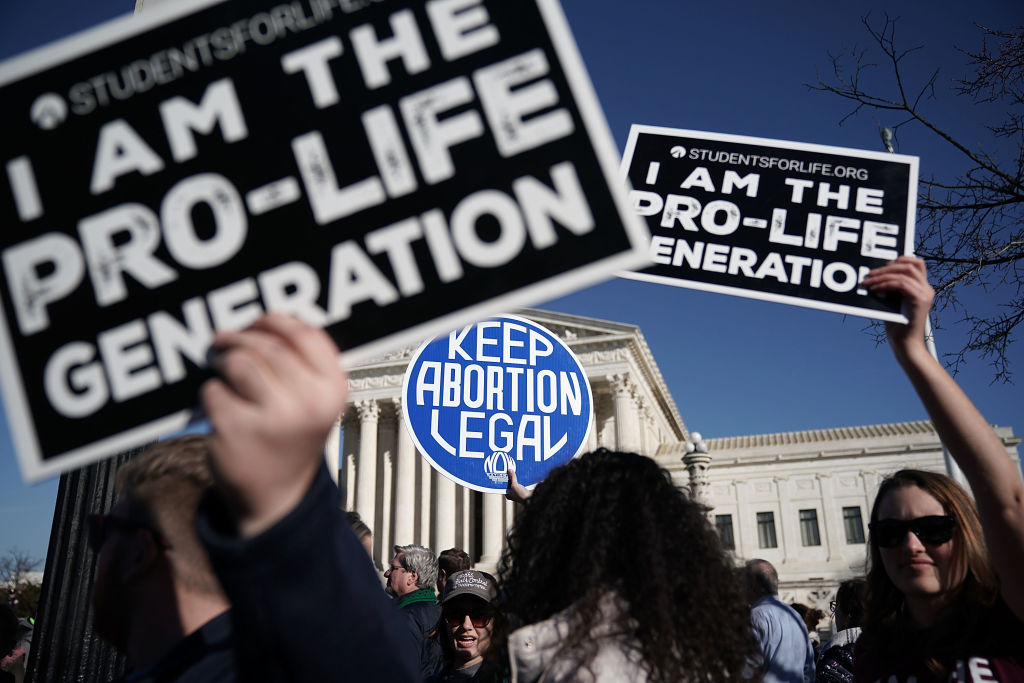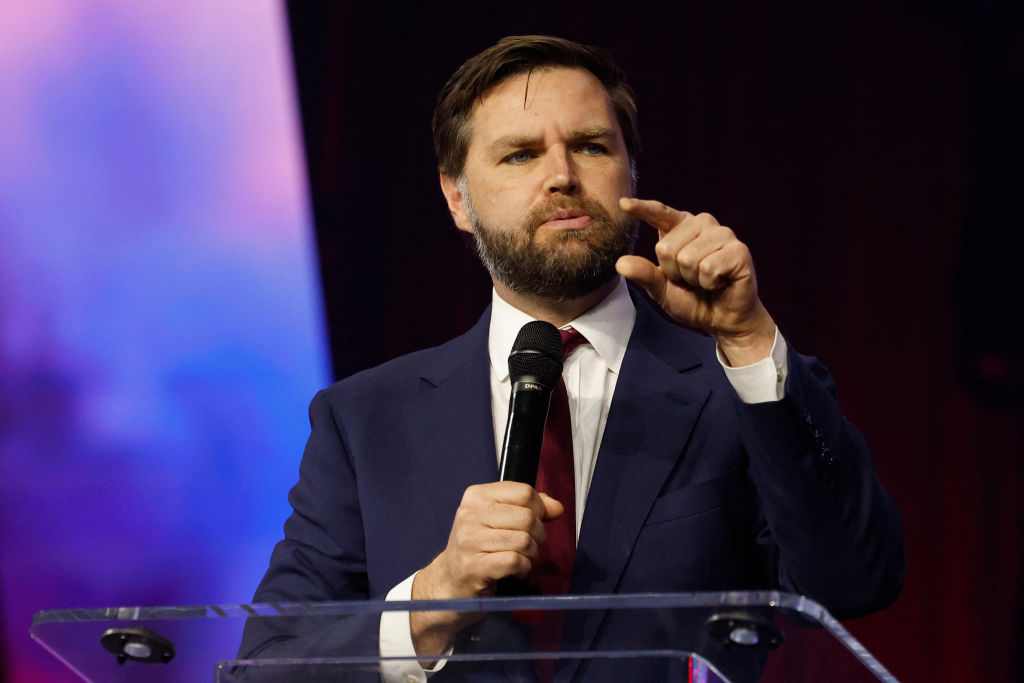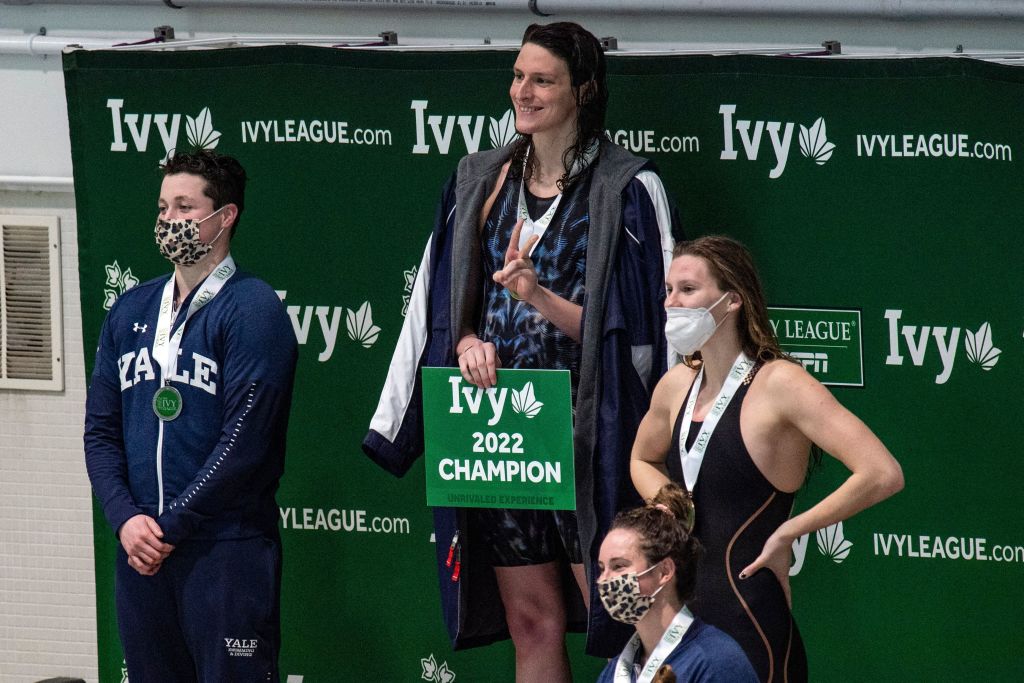When the Roe news broke, my thoughts — myopically — turned not to the millions of Americans who were rejoicing, or the millions of Americans who were mourning, but to a social engagement I had coming up a few days thereafter. The intimate dinner would be populated by a few friends and family on both sides of the aisle, with very different perspectives on abortion and, obviously, very different reactions to the news. I was dreading it.
Imagine my surprise when, over steaks and haricots verts, the conversation was productive, the rhetoric thoughtful, and the passions cool… most of the time. It turned out that the most pro-life person at the table and the most pro-choice person at the table, while technically falling into opposing camps, were not actually that far apart when we drilled down to the specifics. Both were also Jewish — and our conversation was taking place at the Shabbos table.
Like those of the two interlocutors, my personal views on this issue are shaped by my faith. Judaism, contrary to the flaming hot takes you find on both sides of the debate, does not have a black-and-white stance on abortion; it is neither inherently pro-life or pro-choice. Instead, it demands that we situate the answer to this profound moral question somewhere between these poles, recognizing that this question is ultimately about two sets of competing rights. Abortion on demand or as a form of birth control is always treif, forbidden. Abortion in cases where the mother’s life is in danger is always kosher, often even required. And then there are the millions of iterations that exist in a shade of gray known to the Jewish world as “consult your local rabbi.”
These rabbis are then supposed to consider the specifics of the case in front of them, thousands of years of Jewish case law, rhetorical and sometimes hypothetical situations as explored in the Talmud, and opinions — She’elot u-Teshuvot, or answers and questions — taken from rabbinic leaders of yore.
It’s a lengthy, laborious process, but it does consider the specific minutiae of each individual case. The rights of both the mother and the child are not considered in some broad and robotic or generic way but are weighed very particularly and extremely personally.
The problems of blending church and state — or in this case, shul and state — notwithstanding, the Jewish approach wouldn’t make any sense for a religiously diverse nation of 330 million people. And “consult your local rabbi,” while a good decentralized policy for Jews, would obviously have no functional utility as a national policy. Still, the moderation and respectful balance with which the Jewish tradition on this topic is infused could help the country sort out its post-Roe agita.
In fact, there was very little out of the ordinary about the abortion conversation at my dinner. Despite what the Twittersphere would have us believe, the views of most Americans do not fit neatly into either side of the pro-life or pro-choice binary. The data consistently demonstrate this: while 61 percent of Americans believe that abortion should be legal in all or most case in the first trimester, 65 percent believe that abortion should usually be illegal in the second trimester. That number jumps to 80 percent for the third trimester.
Unfortunately, as with most political conversations these days, the extremes make the most noise and get the most airtime. But, contrary to the perception of Democrats as bloodthirsty baby-killers celebrating murder and Republicans as unfeeling misogynists who view women as breeders, most Americans reside in the middle of the spectrum. Only 23 percent of Americans believe that abortion should be legal in all cases, and only 13 percent say it should be illegal in all cases. Most Americans, both Democrats and Republicans, believe that if a woman’s life is endangered, if the child would be born with a life-threatening illness, or if the child is a product of rape or incest, the woman should have the right to obtain an abortion. In short, the most commonly held view of abortion in America is, “it depends.” Not quite “consult your rabbi,” but close enough.
In the immediate and short term, overturning Roe will likely continue to lead to escalating tensions: some Americans are thrilled, others are desolate. But in the long run, reopening this conversation on a national level may allow the country to heal, and to realize we aren’t as far apart on this issue as we have been led to believe.
When state-level politicians enact policies that reflect extremes on either side, the moderate middle may find its voice. Politicians will have to understand that those policies are not what many voters actually want. And over time, this shift will enable a conversation which liberates Americans from the restrictive and reductive “pro-choice” and “pro-life” labels. In the resulting gray area, we may finally find ourselves one step closer to answering one of life’s most challenging and morally confounding quandaries.
This article was originally published in The Spectator’s August 2022 World edition.

























